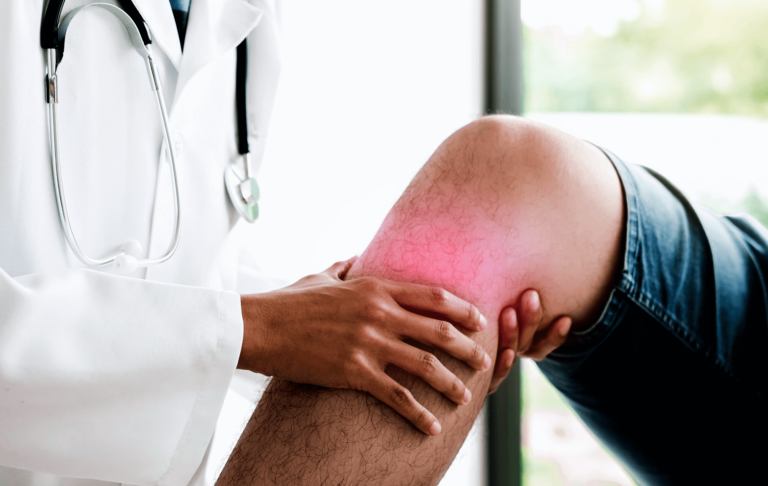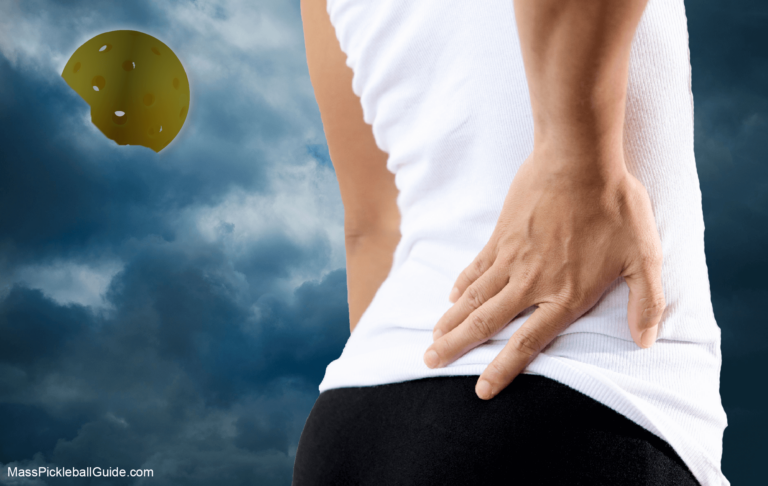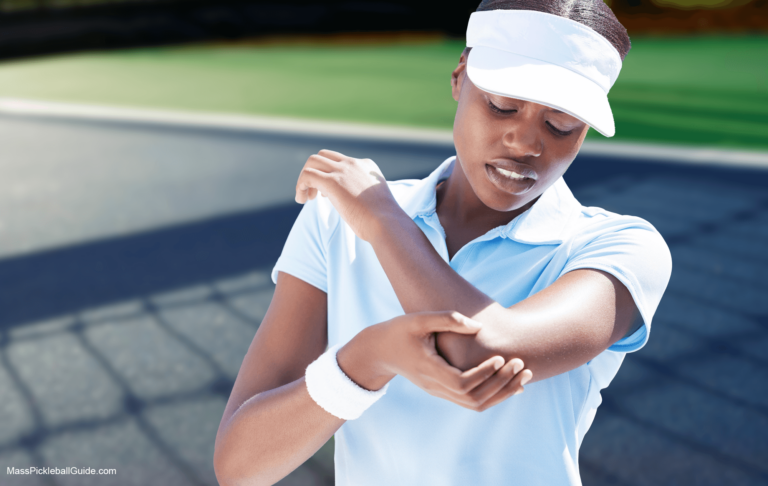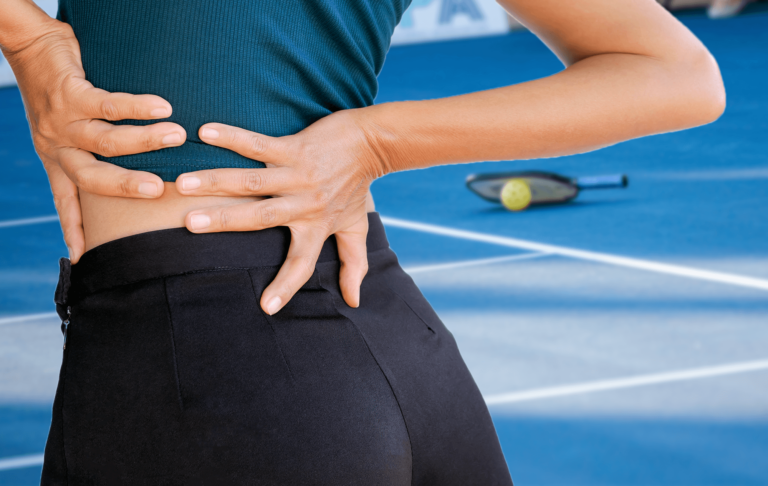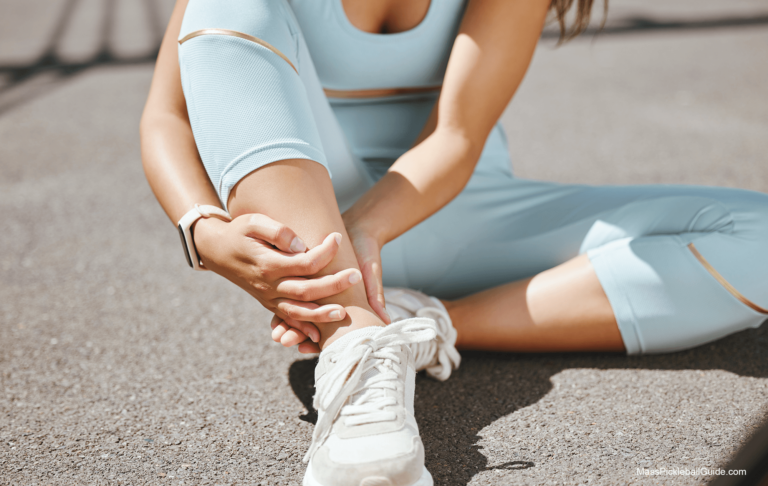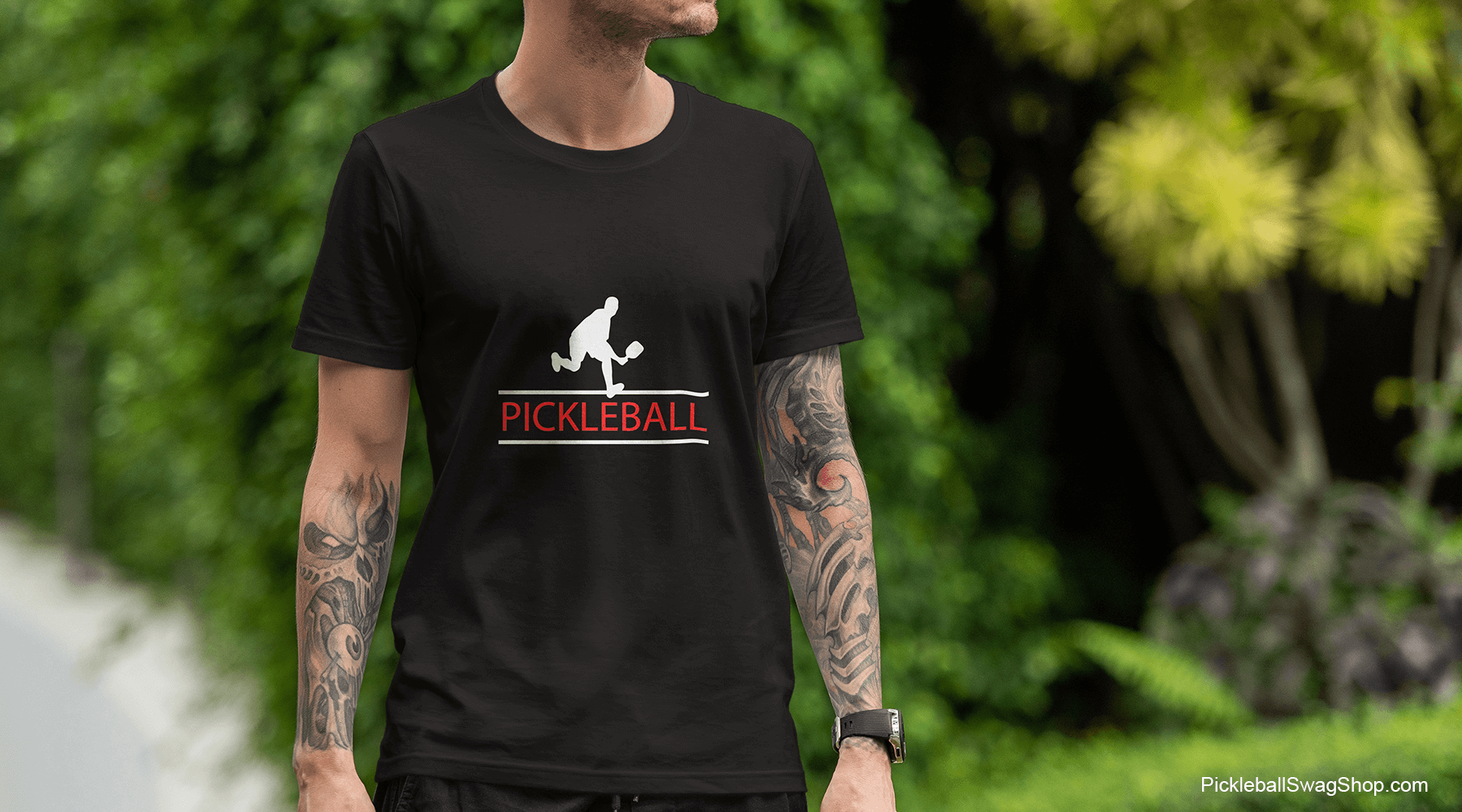Plantar fasciitis and pickleball: don’t let foot pain ruin your game – best cures and prevention tips!
this can be very painful
Plantar fasciitis is a common foot injury characterized by inflammation and pain in the heel or the bottom of the foot.
For some pickleball players, this can be a very frustrating (and painful!) condition that may hinder their performance and enjoyment of the game. There are many misconceptions about what plantar fasciitis is and how it can be treated. Learn the relationship between plantar fasciitis and pickleball perhaps the best methods to prevent, treat, and recover from it.
Plantar Fasciitis and Pickleball
Pickleball requires players to move around quickly and make sudden stops and turns, which can strain the feet, particularly the plantar fascia.
The pain is real: particularly in the heel and bottom of the foot. The plantar fascia, a thick band of tissue that runs along the bottom of the foot is crucial for balance and support.
Limping, pain, and discomfort are some of the many symptoms that can result from the repeated stretching and tearing of the plantar fascia. The right prevention methods and treatment, players can still enjoy pickleball without suffering from plantar fasciitis.
See also 5 Common Pickleball Injuries in 2024 and How to Avoid Them
There is definitely a relationship between plantar fasciitis and pickleball. You want to prevent and manage foot pain while playing pickleball, right? Understanding this relationship is key for picklers to keep playing without being hindered by foot pain.
Why does my heel hurt after pickleball?
Pickleball players may experience heel pain for various reasons, including plantar fasciitis.
This condition is caused by inflammation of the plantar fascia, usually due to repetitive stress or strain on the foot. The pain is typically felt in the heel and the arch of the foot and can be worsened by activities like running and jumping, which are common in pickleball.
Other factors for plantar fasciitis:
If you have foot pain (or any other pains) after playing pickleball you need to manage your symptoms. Check with a doctor to see if you can determine the cause of the pain. Treatment may be necessary if the pain is really bad and will not go away.
Why does the bottom of my feet hurt after pickleball?
The bottom of the feet can also experience pain after playing pickleball, particularly if you have plantar fasciitis.
As you know, the plantar fascia is responsible for supporting the arch of the foot, and when it becomes inflamed, it can cause pain and stiffness in the bottom of the foot. Some say the pain is unbearable – we know of one player who limped off the court after each game – not fun.
Other causes of pain in the bottom of the foot during and after playing pickleball include overuse, poor footwear, and improper technique. To manage foot pain, it’s essential to wear supportive pickleball shoes and use proper techniques when playing pickleball.
Should I wear special shoes to play pickleball if I have plantar fasciitis?
Wearing the right shoes is crucial for pickleball players, especially those with plantar fasciitis.
Look for shoes with good arch support, a cushioned sole, and a wide toe box that allows your feet to move freely. Shoes with a low heel-to-toe drop can also help alleviate pressure on the plantar fascia.
Some of the best pickleball shoes for players with plantar fasciitis we’ve seen include the ASICS Gel-Rocket 9, Mizuno Wave Momentum, and Nike Air Zoom Vapor X. By wearing proper footwear, you may help reduce the pain and prevent plantar fasciitis from worsening.

We think this implied: do not buy cheap pickleball sneakers if have foot or ankle pain. Spend the money as you will get what you pay for. Buying a no-name shoe will most likely exasperate the issue and may even make your pain worse. No one wants that.
What is the fastest way to cure plantar fasciitis?
Sorry, there is no one-size-fits-all (pardon the sneaker pun) cure for plantar fasciitis, but there are several treatment options that can help alleviate pain and promote healing.
Relief from pickleball plantar fasciitis
While there is no single “best” cure for plantar fasciitis, a combination of rest, exercise, and medical intervention can help manage the condition and prevent it from worsening.
It’s important to consult with a podiatrist who specializes in foot and ankle care to determine the best course of treatment.
Is it OK to play pickleball with plantar fasciitis?
While playing pickleball with plantar fasciitis may be uncomfortable and sometimes painful, it is generally safe to play as long as you take proper precautions. You need to manage your symptoms.
Before playing, stretch and warm up your feet properly (both feet even though you may have pain in just one), wear supportive pickleball sneakers, and use proper pickleball techniques to avoid further strain on the plantar fascia.
Hate to say this but if you experience really bad foot pain during the game, take a break and rest your feet or apply ice to reduce inflammation. Your opponents may be understanding.
Conclusion
Yes, pickleball is a fun and challenging sport that can provide many health benefits, but it’s crucial to take care of your feet, ankles and knees to avoid pain and injury. These are the basement and foundation of your whole structure – a weak foundation may cause some very serious issues.
Plantar fasciitis can be a painful and frustrating condition for pickleball players, but it doesn’t have to be an end to your game. By taking preventive measures, wearing supportive shoes, and seeking professional care, players can continue without sacrificing their foot health. Whether you’re dealing with heel pain, inflammation, or foot injury, there are many treatment options available, from conservative methods to advanced treatment technologies like shockwave therapy.


